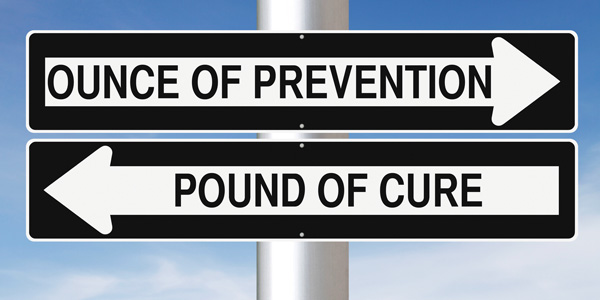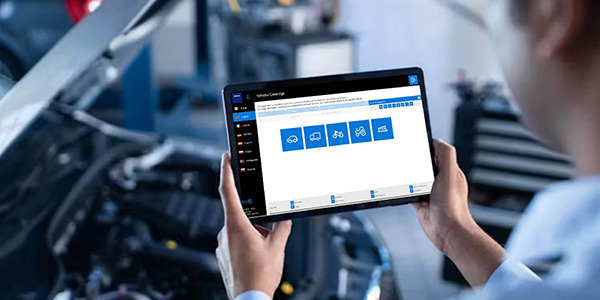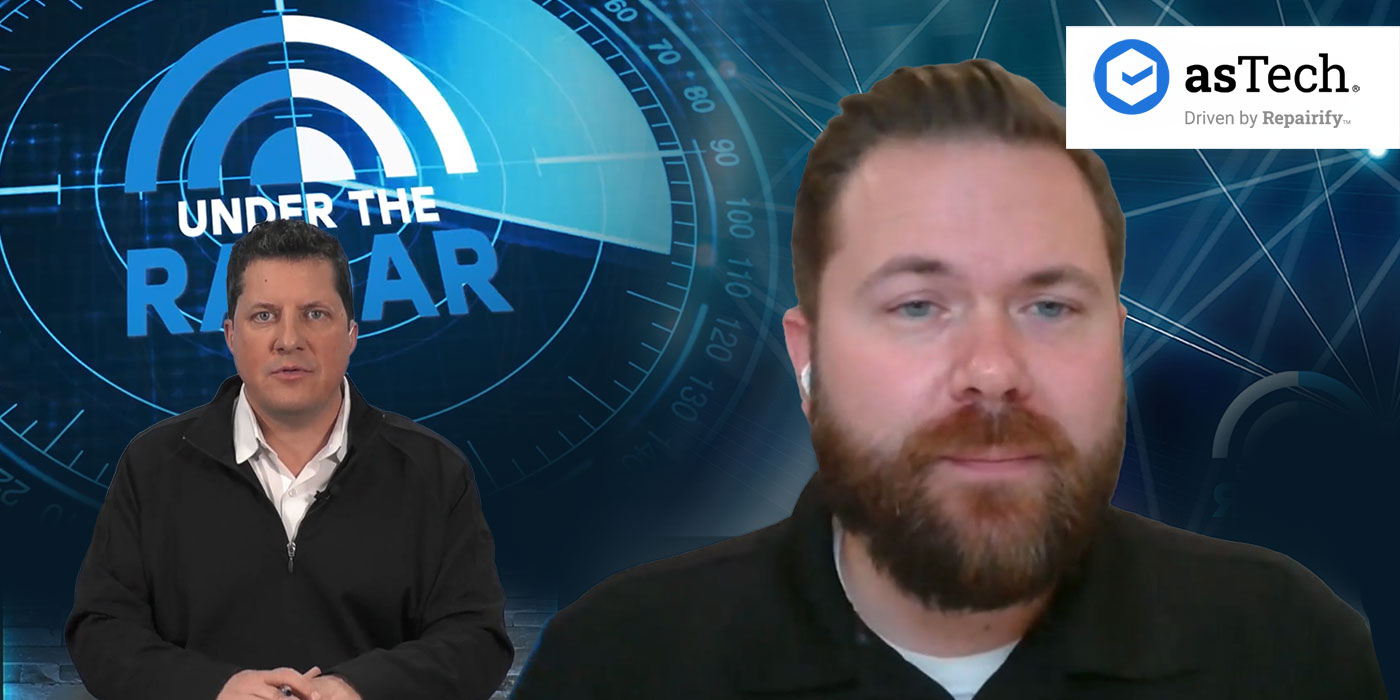
Q: I have a repair where the responsible insurer has refused to provide for sublet charges, saying that they aren’t responsible if we can’t perform the function. How should I respond?
A: First, as I’ve stated many times before, as an independent repairer, it’s important to remember that you work for your customer (the person who signed your repair order), not for the insurer. As such, you’re not charging the insurer for your services; you’re billing your customer. If the insurer has a problem with your charges, after they attempt to negotiate a lower settlement (the reason they’re called “adjusters”), they should take it up with your customer.
As for the insurer’s position and argument, it has no basis, as I illustrated in my “Ask The Expert” column in the June 2017 issue of BodyShop Business.
Sub It Out
There are sound reasons for a shop to sub out certain services, such as not having the required skill, knowledge, needed equipment or facilities. Or maybe the job is just not within the repairer’s scope of business offerings.
In such instances, repairers have two basic choices: 1) take on the job and sub it out to others and charge a mark-up for the required handling and acceptance of liabilities, or 2) decline to take on the risk and suggest your customer take the vehicle elsewhere for those specific services.
Of course, most repairers want to be everything to their customer and meet all their needs as a one-stop shop. And most customers appreciate the ease in handling it all at one time with one service provider. However, repairers need to be aware of the risks and liabilities they incur in doing so, whether they earn a mark-up or not.
In most states, there are statutes, rules, laws or regulations that address a repairer subletting services to other service providers. For example, in California, the Automotive Repair Act of 1971, which was developed jointly by the auto repair industry and consumer groups, states in Business and Professions Code sections 9884.7(a)(9) and 9884.9(b) that you may sublet repair work to another shop. If you’re planning to have the work done by someone other than you or your employees, you must include a written statement of that fact with the written estimate and obtain your customer’s authorization.
Similarly, in Florida, it states under Repair of Motor Vehicles 559.920 Unlawful Acts and Practices: “It shall be a violation of this act for any motor vehicle repair shop or employee thereof to: (14) Have repair work subcontracted without the knowledge or consent of the customer unless the motor vehicle repair shop or employee thereof demonstrates that the customer could not reasonably have been notified.”
So if the repairer elects not to perform the service in-house, they may choose to sub it out and mark up the charge to compensate them for their careful selection of a service provider, arranging the required logistics (delivering and picking up the vehicle), financing (paying the bill), and acceptance of any potential failures and related issues.
For example, let’s say you take in a 2012 Ford Flex for a roof repair after a sizable limb fell on it during a storm. This model has the panoramic glass in the roof that needs to be removed for the repair and refinishing of the roof. You ask a sublet service you’ve used over the years to come in to remove the roof’s glass and re-install it after the repair and refinishing have been completed.
The customer comes in, loves the repair, pays and leaves, only to return three weeks later due to wet carpet and a foul, musty odor caused by a water leak. Plus, a malfunction indicator lamp (MIL) relative to the SRS has appeared.
After a close inspection, testing and scan, you find that as a result of an insufficient job sealing the glass, water has leaked into the cabin, run down the side and damaged the side airbag module. The only correction is to re-seal the glass, remove and attempt to remove and dry out the carpet and jute padding, remove the musty odor (and hope it doesn’t return), treat for mold remediation, replace the side airbag module and re-scan/check and hopefully clear the onboard electronic control modules (ECM). A relatively straightforward $2,400 repair turns out to be a potential $5,000 repair plus expenses (loss), with remaining potential liabilities and a not-so-happy customer! Oh yeah…we can’t forget the week-long rental car bill we’ll no doubt incur!
So the question and real concern is: Will your sublet service provider with the 20-year-old cargo van who did your glass R&I be there to pay for the damages their poor performance caused?
While this example was fictional, you can see where your day-to-day activities could lead to such an outcome if you’re not careful. If anyone in the collision repair industry is not aware of the recent lawsuit and $31.5 million jury verdict against John Eagle Collision Center, you’re likely living under a rock and need to get with it!
Liabilities
The numerous ongoing liabilities in collision repair are real and can be substantial, not to mention damage to your reputation in the community.
So what should a repairer do to protect themselves? Here are some basic suggestions:
- Make sure you have ample garagekeeper’s liability insurance coverage to protect you from such damages if and when your sublet vendor fails to accept responsibility for the loss and cost to correct a problem.
- Make sure to select sublet service providers that have ample liability coverage or are sufficiently bonded to cover such issues. While you’re at it, make sure they have their own personal worker’s comp insurance should they get injured (or claim to) while working on your premises. Get a current copy of their policy’s declaration page to provide proof and keep it on file…each year!
- Make sure your sublet vendors have the proper training and credentials to show that they’re competent in what they do. Get copies!
- Check for online reviews and references of the sublet service provider by other repairers and customers. Document that you’ve done this and retain copies.
- Check references with other local repairers to determine their satisfaction with the sublet company and their staff regarding the quality of their performance (i.e. workmanship, dependability, attitude, etc.)
- Maintain records of your efforts and findings in the event you’re ever called upon to defend your selection of the vendor should a liability issue arise. This shows you’ve done your “due diligence.”
Be sure to follow these recommendations with insurer-suggested sublet service providers in the event you elect to use them in place of your own. Remember, you incur all liabilities!
Don’t take such liabilities for granted or discount them as though it will never happen to you. It just may, and this is where “an ounce of prevention is worth a pound of cure.”













